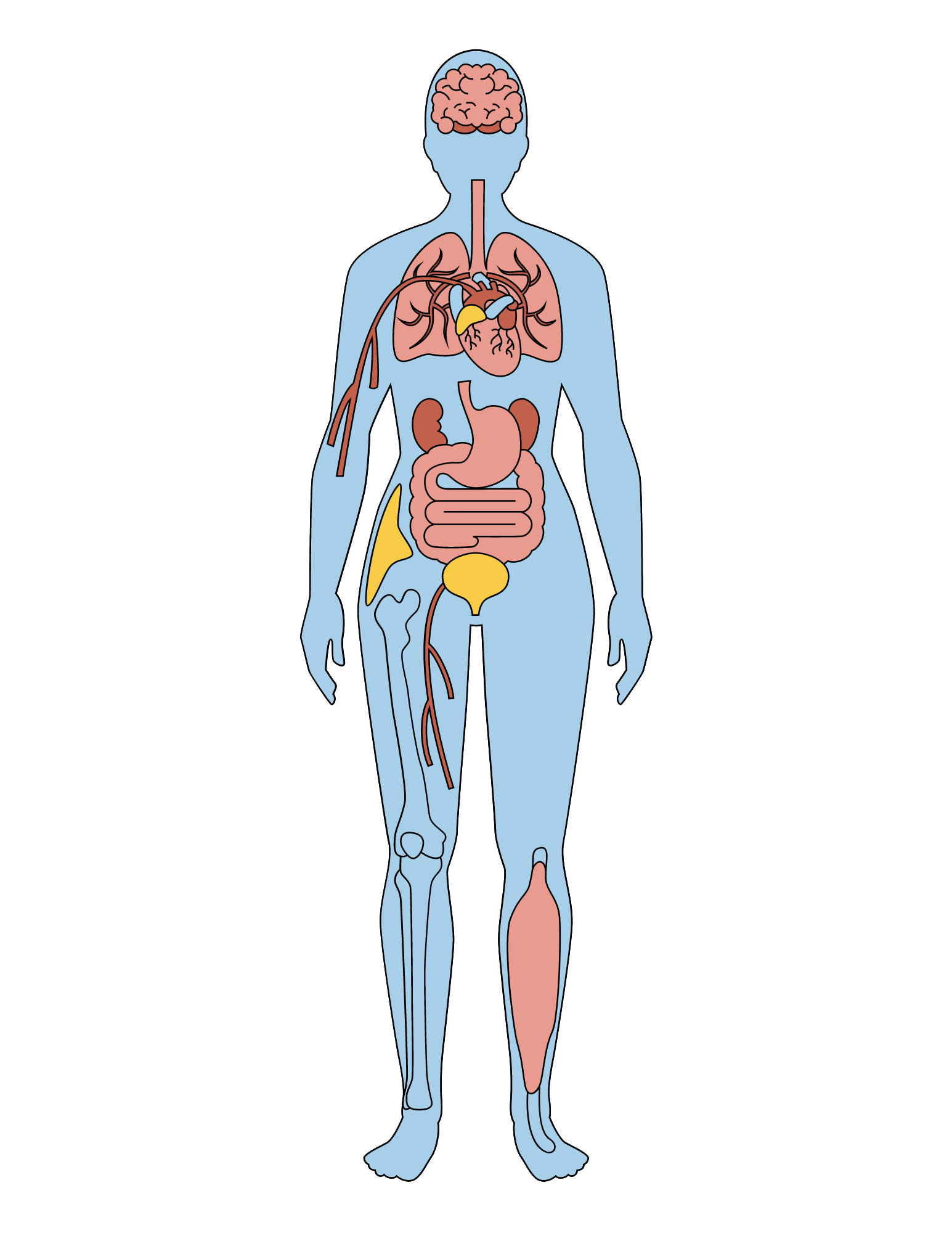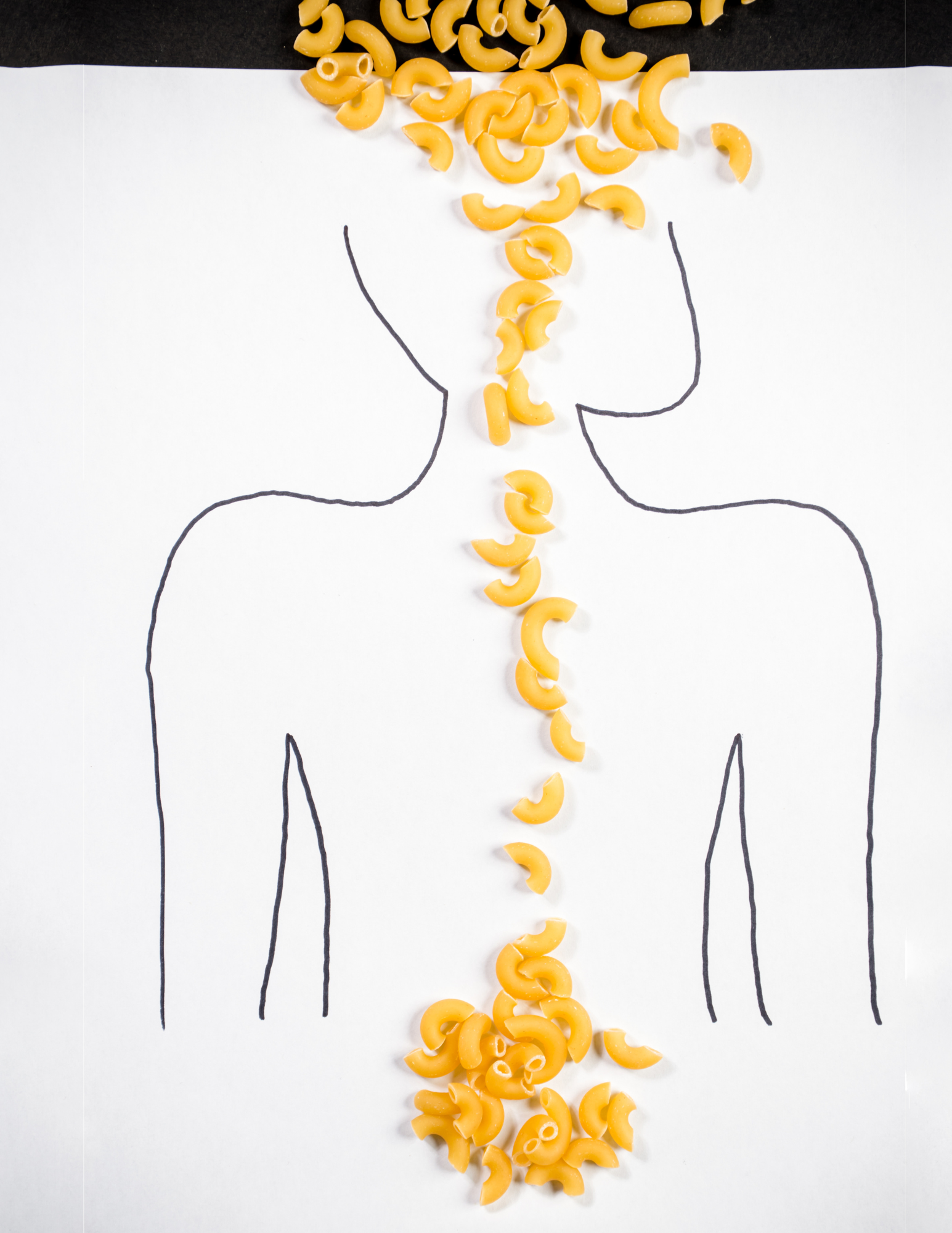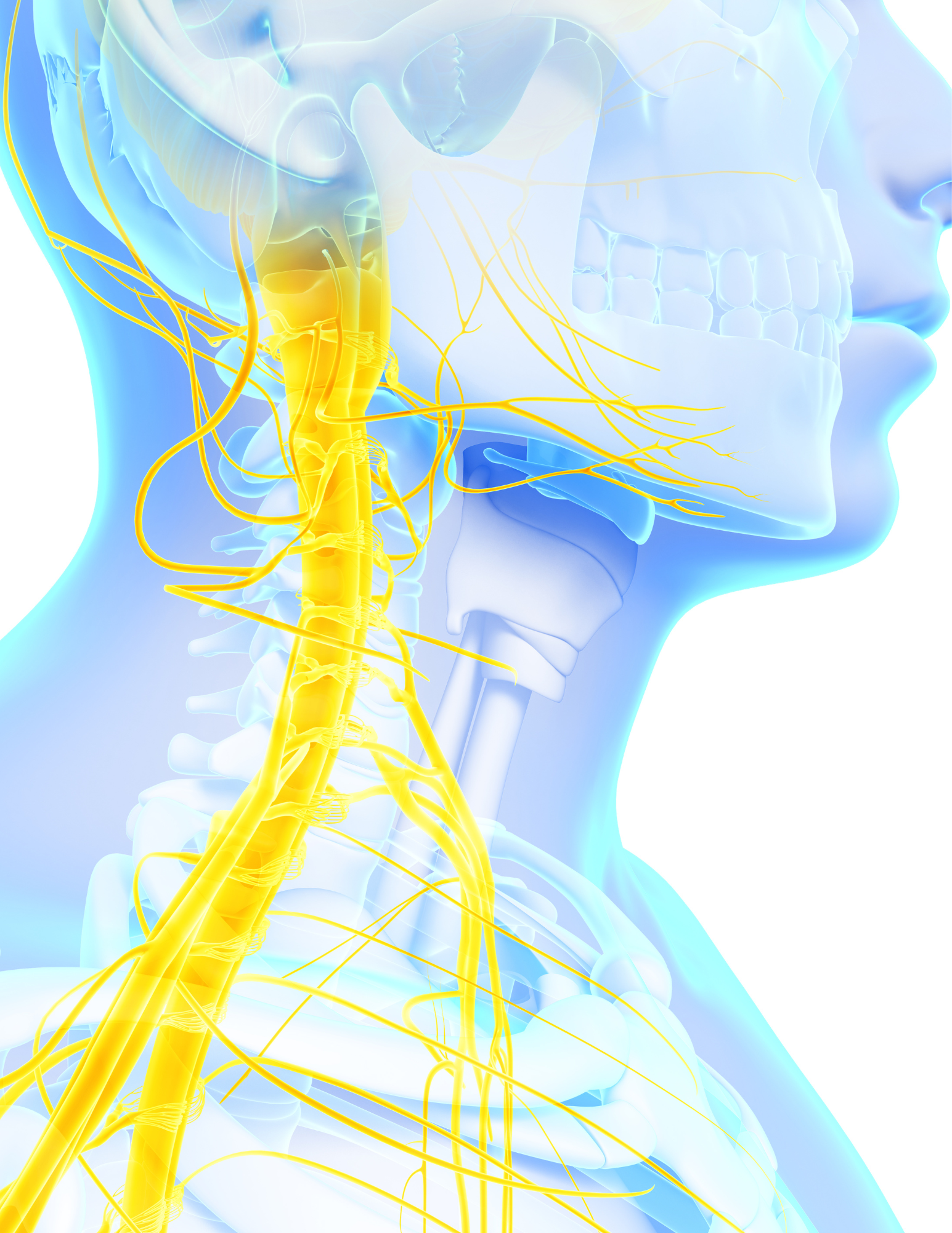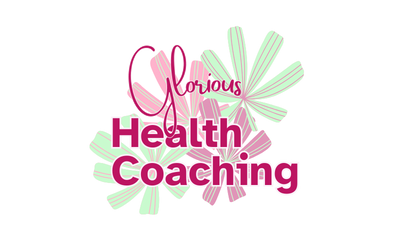Secrets of Breathing.
Ah - yes, you have lived this long because you breathe, so you’ve got this, right? Like many folks in the 21st century, however, your activities may mostly revolve around frequently sitting still while breathing with shallow breaths or holding your breath as you anticipate something that requires ready action (commonly referred to as fighting or fleeing). Both shallow breathing and holding your breath are practiced in tandem in many modern circumstances. Shallow breathing is good if you are stalking an animal to bring home for dinner or if you need to come up with a quick explanation when the boss asks you about a project. But if practiced habitually, small and restricted chest movements can cause many unwanted results and symptoms in your body, such as awkward posture, painful structures, and poorly functioning organs.
Although subtle, the relentless clenching in your body requires the sympathetic nervous system to be “on” and results in a constantly elevated level of adrenalin. The problem: frequent or constant adrenalin wears you down internally and ages you. It is the opposite of the parasympathetic relaxation that insures adequate digestion and recovery from basic wear and tear in your cells and tissues. In addition to edging out this rest and relaxation response, overuse of the sympathetic system erodes the capabilities to react to real emergencies so they begin to lose their power. We need both and we are at our best when we are able to flow between parasympathetic and sympathetic modes. Practicing the parasympathetic breathing will make it easier to switch as needed so you can make that healthy transition. The breathing technique I describe near the end of this post can be invoked in a moment and it successfully turns on the parasympathetic system and its important component, the vagus nerve. I will explain.

Cue the Vagus Nerve.
The quality of your breathing has long term effects by either stimulating or disregarding the vagus nerve, which is an essential player in the parasympathetic nervous system.
I’m sure you have heard of it but allow me to point out some interesting characteristics of the vagus nerve, the largest nerve bundle in your body. The vagus nerve provides parasympathetic innervation to the majority of the abdominal organs, with branches extending along the way to every organ. (There are actually two vagus nerve bundles, one on each side of the body. The convention is to speak about these bundles as one nerve, so I’ll follow that format.)
Researchers tell us the vagus nerve plays a role in:
- Peristalsis (regular contractions) of the digestive organs.
- Reduction of heart beats to a sustainable rate.
- Slowing breath rate.
- Reflex actions like as coughing, sneezing, swallowing, and vomiting.
- Essential aspects of the immune system.
Microbiome speaks - the vagus nerve listens.
But as incredible as it may sound, only about 15 % of this nerve's transmission is used to accomplish these functions.
Most of the information traveling this super highway takes messages to the brain – about 80%! If you have wondered about how the food in the digestive system could affect clarity of thought or fogginess, happy or gloomy moods, and more, even before digestion has been completed, here is part of your answer. The messenger vagus nerve takes signals from this microbiome super-system and communicates it to the brain.

The microbiota, the gut, and the brain communicate through the microbiota-gut-brain axis in a bidirectional way that involves the autonomic nervous system. The vagus nerve (VN), the principal component of the parasympathetic nervous system, is a mixed nerve composed of 80% afferent fibers (taking information to the central nervous system) and 20% efferent fibers (taking information to the organs). The VN, because of its role in interoceptive awareness, is able to sense the microbiome metabolites through its afferents, to transfer this gut information to the central nervous system where it is integrated into the central autonomic network, and then to generate a response.
The body/mind internet is firing away. This may help you realize how important it is to eat in a way that nourishes your digestive organs and the microbiome that lives there.
What do you think happens when you don’t eat in a way that feeds your digestive organs well?
The short answer is “inflammation”.
The body's immediate and short-term responses to inflammation are natural and desirable. In a perfect world, specific cellular responses isolate and neutralize foreign molecules, bacteria, and viruses before severe damage occurs. But you don’t want to live in an inflamed state. There should be recovery periods between inflammation and a healthful steady state. We want to encourage this healing state. To ensure adequate recovery after inflammation, you can train the vagus nerve to reset from a chronic overstimulated sympathetic state to easily transition between that and the rest, digest, and repair state.
Power to the vagus
The good news is that there are techniques you can take to strengthen the vagus nerve and use it to restore order. Here are just a couple,
#1 To improve your digestion, gargle – seriously.
Dr. Navaz Habib, who specializes in training clients to improve vagus nerve responses, recommends hard gargling with water (warm or cool, your choice) and a pinch of salt for 10 to 20 seconds while voicing on exhale. He states if your eyes start to tear, you are doing it right! He promises this will have a compound effect that can improve all aspects of digestion because the throat branches of the vagus nerve are initial stimulant points of the digestive system.

#2 breathing deeply to activate abdominal organs.
Another safe and effective way to stimulate the health benefits of the vagus nerve is through deep, slow belly breathing.
Much of your pain and disruption to health comes out of sensory nerves that are not sending correct signals upstairs to your brain.
Here's how: Since this is an awareness that we have lost, you will need to practice it. Find a quiet place and think of the center of gravity in your lower abdomen. Sitting quietly without any interruptions, bring your attention into the “bowl” created by your pelvis and try to sense the very bottom and center of it.

As you focus on this area, try to sense an expansion or spaciousness there. This area is connected to the mind. The two areas are complementary. The mind thinks but the body senses.
Gravity assists to bring awareness into the lower part of the abdomen. The connection from the busy mind to the quiet of this region is facilitated by the vagus nerve. It is your core connection between them providing a steady anchor to your busy thoughts. While this is happening, your back, sacrum, and entire pelvic region are opening to the fluid movements and sometimes can even be felt tingling in the soles of the feet and fingertips as tension is released in those areas.
The simple act of breathing deeply can launch you into a parasympathetic state and out of the trap of the shallow breathing that eventually strains the neck and shoulders.
Once you can feel the spaciousness of the bowl of the pelvis, you can begin to sense the breath being drawn down into it. The effects of this deep breath can be felt throughout the entire torso from the bottom up because the pelvis senses the internal massage. This is also called belly breathing and it comes with a flush of sensation across the pelvic floor. Inhaling from the bottom of the abdomen energizes your body’s organs and its functions without effort.

If you tend to the fitness of your vagus nerve, it will result in better functioning of all the organs and structures from the mouth down, including low back and sacral pain.
As you may suspect, the cascade of healthy responses to deep breathing includes pain reduction or cessation. It only takes a little effort and attention to correct a jumble of ineffective nerve impulses into a corrected responsive body of vitality, reducing pain and nerve irritation, to quiet activity. In deep breathing, oxygen is taken into the body in a relaxed way that soothes the vagus nerve. Oxygen never felt so good.
Courage, My Friend
Try it. I encourage courage often and now I call upon you to consider improving your breathing with courage. The ancient Greek philosopher Plato said courage is the capacity to look out for one’s interests. And I would add, to make this a fully engaged “capacity” it is important to infuse the effort with a love of self, extending that gentleness in the various ways taught in metta training of the Buddhist traditions.
